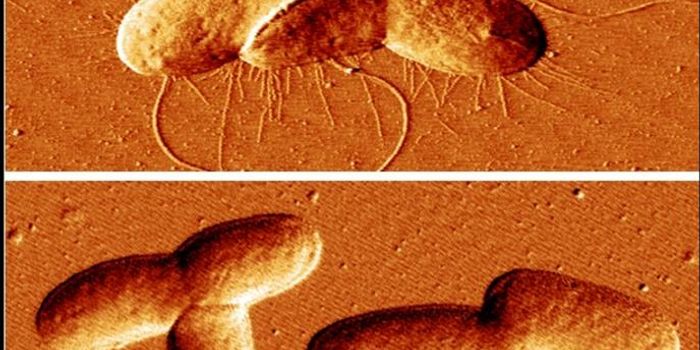Humans Can Understand Ape Gestures, Illuminating the Origins of Language
Spoken language was thought of as a hallmarking characteristic of being human. There is a difference here between language and communication—we know that many other species communicate but we also know that none of them have the anatomy to speak like humans do. For myriad of reasons though, humans need to communicate without using language and many times use gestures to do so.
In comparative communication studies, reports have suggested that ape gesturing demonstrates flexible, intentional communication outside of human language. In an effort to determine the origin of these gestures, researchers recently investigated whether humans can understand them. It turns out that they can, despite having never seen the gestures before.

Results from the study found that humans were able to interpret ape gestures accurately a little more than 50% of the time. The apes, of course, have context for interpreting the gestures, but humans do not. When humans were given context, the outcome only improved by about 5%. This prompted researchers to investigate how and why humans were able to understand the gestures.
As such, it was implied that humans were able to retain a basic understanding of the gestural system that was shared by our last common ancestor with chimpanzees and bonobos, about 6-7 million years ago. In other words, these gestures may be part of an ancient, evolutionarily shared vocabulary across great apes, including humans.
It remains to be seen whether these gestures are inherited or part of general intelligence, which includes the ability to produce and naturally interpret meaningful signals that are mutually comprehensible. Understanding these gestures helps us to better communicate with apes while also illuminating communication strategies of our ancestors.
Previous research has shown how human infants use gestures similar to apes to communicate (thanks also to Ms. Rachel for popularizing baby sign language for contemporary American children). This, combined with the fact that we now know that human adults can understand ape gestures, lends credence to the idea that gestural communication would have been used by human ancestors. As such, gestural communication may have been integral to the evolution of human language.
Sources: PLOS, Forbes, NPR, Vice, Scientific American, Animal Cognition








